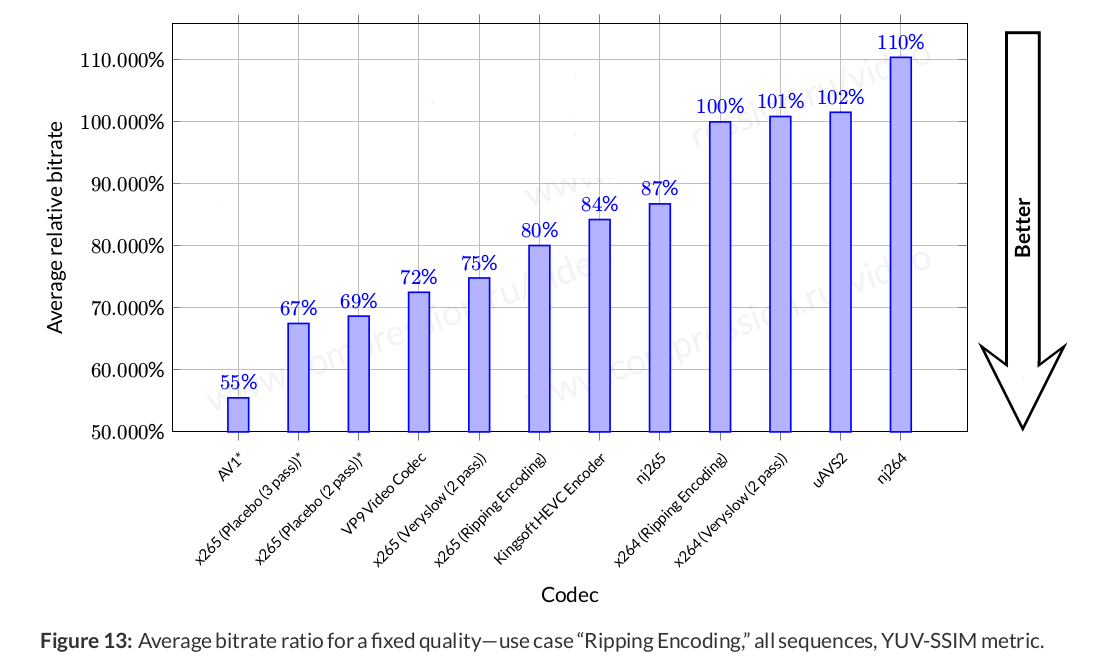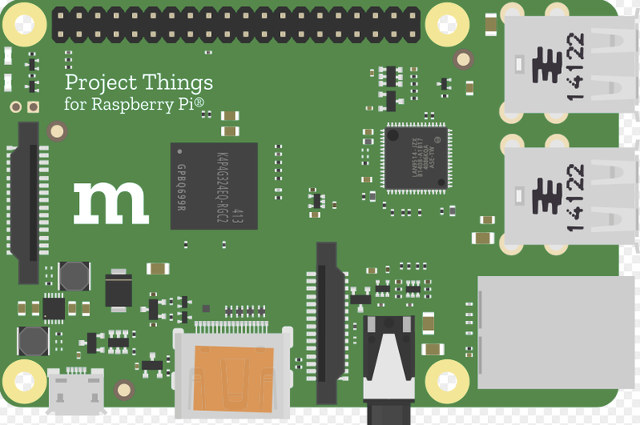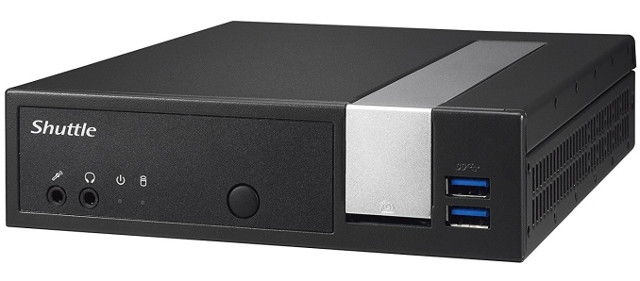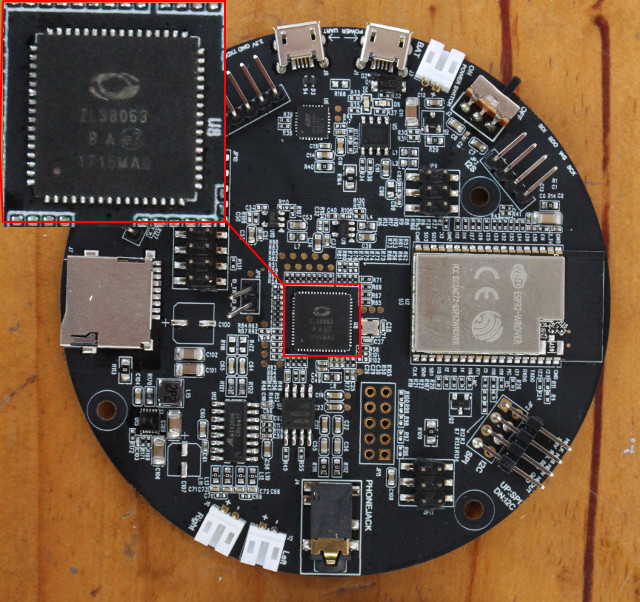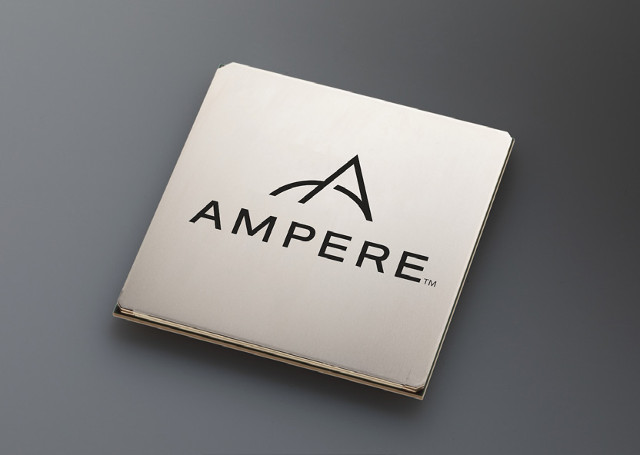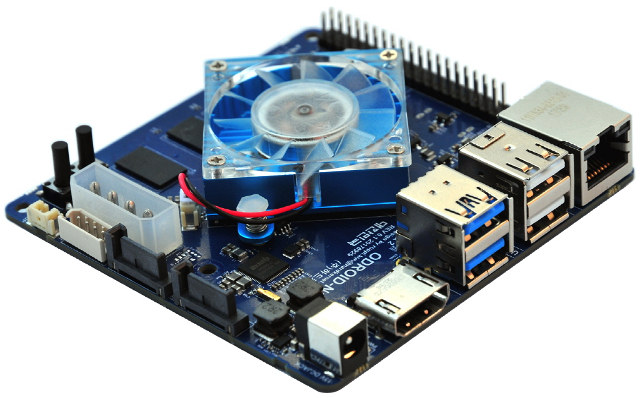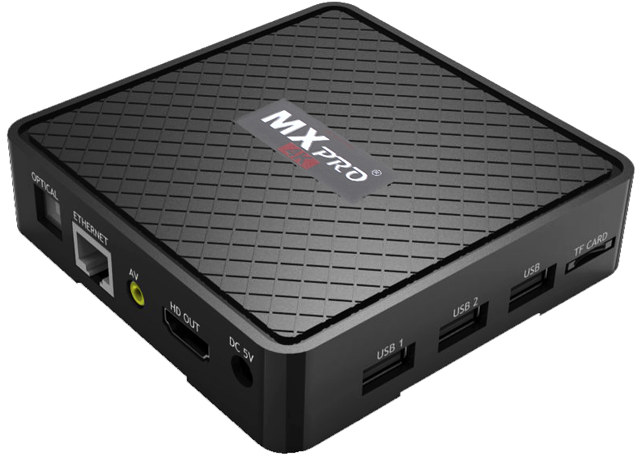We first covered the Alliance for Open Media’s AV1 video codec in summer 2016, as an open source, royalty-free video codec aiming to replace VP9, and compete or even surpass H.265 capabilities. At the time, everything was pretty new, and when I tried the open source implementation encoding was really slow. Since then, AV1 has gained momentum with for example Apple, Facebook, and IBM recently joining AOMedia, and Mozilla adding HTML5 AV1 video support to Firefox Nightly builds at the end of last year. I was able to play a 720p video @ 800 Kbps almost smoothly in my computer based on AMD FX8350 processor. Many companies want AV1 to succeed since they may not be willing to pay MPEG LA license fee for H.265 and future MPEG codecs (e.g. H.266), and there indeed seems to be issues with the currently MPEG licensing business model. However, AV1 is not quite […]
Mozilla Project Things Framework for the IoT Works with Raspberry Pi 3 and Other Boards / Computers
The Internet of Things today relies on many standards, and for example Google Cloud relies on Weave, Amazon AWS IoT and Samsung SmartThings on MQTT, Apple iCloud and so on. The web also relies on many different markup or programming languages like HTML, JavaScript, PHP, Ruby, etc.. but as a user you don’t need to care, and in most cases, you can access any website with the same web browser. Last year, Mozilla started working on Project Things to bring the same ease of of use to the IoT, by implementing the proposed Web of Things standard by W3C that aims to reduce IoT fragmentation by allowing different vendors’ IoT offerings to work together. Mozilla has now announced the release of Project Things “open framework for connecting your devices to the web” suitable not only for hackers and developers, but easy enough to use for end users. The release includes […]
Shuttle DL10J Fanless Gemini Lake Mini PC Features Intel Celeron J4005 Dual Core Processor, 3 Video Outputs
Several mini PCs based on Intel Gemini Lake processors were unveiled at CES 2018, including Zotac PICO PI226, MeLE PCG63-APL4, and ECS LIVA Gemini Lake models all of which slated to launch in Q2 2018. ASRock and GIGABYTE also announced Gemini Lake motherboards a few weeks later. Most of the products above are for the consumer market, but if you’re after a Gemini Lake mini PC more geared towards business use cases like digital signage and multi-display solutions, Shuttle is now showcasing their DL10J mini PC powered by an Intel Celeron J4055 Gemini Lake dual core processor, and offering 3 video output ports at Integrated Systems Europe 2018 (ISE 2018). Shuttle DL10J mini PC specifications: SoC – Intel Celeron J4005 dual core GLK processor @ 2.00/2.70 GHz with 12EU Intel UHD Graphics 600; 10W TDP System Memory – 2x DDR4 slots @ 2133 MHz up to 8GB Storage – 1x […]
MicroSemi ZL38063 Audio Processor is Designed for Microphone Arrays
I’ve already been experimenting with DIY smart speakers and corresponding services for example using ReSpeaker board with Microsoft Bing Speech API, or Orange Pi Zero with Google Assistant SDK. But so far all the hardware platforms I used only came with one microphone, no microphone array that help with wake word detection in noisy environments. Last week-end, I received Espressif Audio Mic HDK, an ESP32 board with a 3-microphone array which I’ll review a in a few weeks once documentation becomes available and I clear some other items in my review list. In the meantime, I checked out the hardware, and found out the mainboard also comes with Microsemi ZL38063 audio processor specifically designed for microphone array. The chip was released las year, and can be already found in the company’s AcuEdge Development Kit for Amazon AVS, but since I’m going to use a board based on ZL38063 I’d thought […]
Ampere SoC Designed for Cloud Computing Comes with 32 ARMv8 Cores @ 3.3 GHz, Supports up to 1TB RAM
Ampere is a brand new company that has just launched to “address memory performance, cost, space and power constraints for emerging hyperscale cloud applications and next-generation data centers”, and whose founders include Renee James (CEO), former president of Intel, among other “semiconductor and cloud computing experts”. Their upcoming 64-bit Arm server processors aim to achieve those goals via thirty two custom Armv8-A cores operating at up to 3.3 GHz, support for up to 1TB of RAM, and a 125 Watts power envelop, or around 4 Watts per core. Ampere SoC specifications listed by the company: Processor Subsystem 32x Armv8 64-bit CPU cores up to 3.3 GHz with Turbo 32 KB L1 I-cache, 32 KB L1 D-cache per core Shared 256 KB L2 cache per 2 cores System Memory 32 MB globally shared L3 cache 8x 72-bit DDR4-2667 channels Advanced ECC and DDR4 RAS features Up to 16 DIMMs, 1 TB/socket […]
Hardkernel Unveils ODROID-N1 Board with Rockchip RK3399 Processor, 4GB RAM, Dual SATA, and More
It’s official, there’s a bubble of Rockchip RK3399 boards announcements or launches in early 2018. After AAEON RICO-3399, Orange Pi RK3399, and Pine64 RockPro64, which add to 96Boards compliant Rock960 announced a couple a months ago, and which may launch in Q1 2018, Hardkernel has now announced they’ve been working on ODROID-N1 board. ODROID-N1 board specifications: SoC – Rockchip RK3399 hexa-core processor with a dual-core Arm Cortex-A72 @ 2GHz, a quad-core Arm Cortex-A53 @ 1.5Ghz, and a Mali-T860MP4 GPU that supports OpenGL ES1.1/2.0/3.0, OpenCL 1.2 System Memory 4Gbyte DDR3-1866 RAM, Dual channel interface for 64bit data bus width Storage – eMMC 5.0 (HS400) flash storage, UHS capable micro-SD slot., 2x SATA3 ports using, native SATA implementation via PCIe-gen2 to SATA3 interface Video Output – HDMI 2.0 for 4K display Connectivity – Gigabit Ethernet port USB – 2x USB 3.0 host ports, 2x USB 2.0 host port. Expansion – 40-Pin GPIO […]
Vorke V1 Plus Celeron J3455 Mini PC Review with Windows and Ubuntu
Most Intel based mini PCs use processors classified as ‘Mobile’ as these have lower thermal design power (TDP) ratings which is the maximum amount of heat generated by the processor: However, the new Vorke V1 Plus has incorporated a ‘Desktop’ processor namely the Intel Celeron J3455. On paper this processor looks like it should perform similar to the Intel Pentium N4200 processor but with a tradeoff between being a cheaper processor to purchase but more expensive to run due to the increased power requirements. Geekbuying provided a Vorke V1 Plus for review so let’s start by taking a look at the physical characteristics. The device comes in a plain box and was supplied with the ‘right AC Adapter’ for my country. The first observation is that it is quite a large device. At just over 6” square (153mm) and nearly 1.5” tall (38mm) it is the biggest mini PC I’ve […]
MX Pro 4K is an Android 7.0 TV Box powered by Allwinner H5 Processor
We’ve already seen Allwinner H5 processor in several development boards such as NanoPi NEO2, Orange Pi Zero Plus, or Libre Computer Tritium 2G among other. But while the processor has been designed for 4K OTT TV boxes, I had not seen any TV box based on the processor so far. MX Pro 4K, not to be confused by MXQ Pro 4K, changes that, as it features the quad core Cortex A53 processor combined with 1GB RAM, 8GB storage, and the usual HDMI, Ethernet, USB ports you’d expect from a TV box. MX Pro 4K specifications: SoC – Allwinner H5 quad core Cortex A53 processor with hexa-core Mali-450MP4 GPU System Memory – 1 GB DDR3 Storage – 8 GB eMMC flash (options: 4GB, 16GB, 32GB), micro SD card slot Video Output – HDMI 1.4b up to 4K @ 30 Hz, AV port (composite) Audio Output – HDMI, AV (stereo audio), and […]


